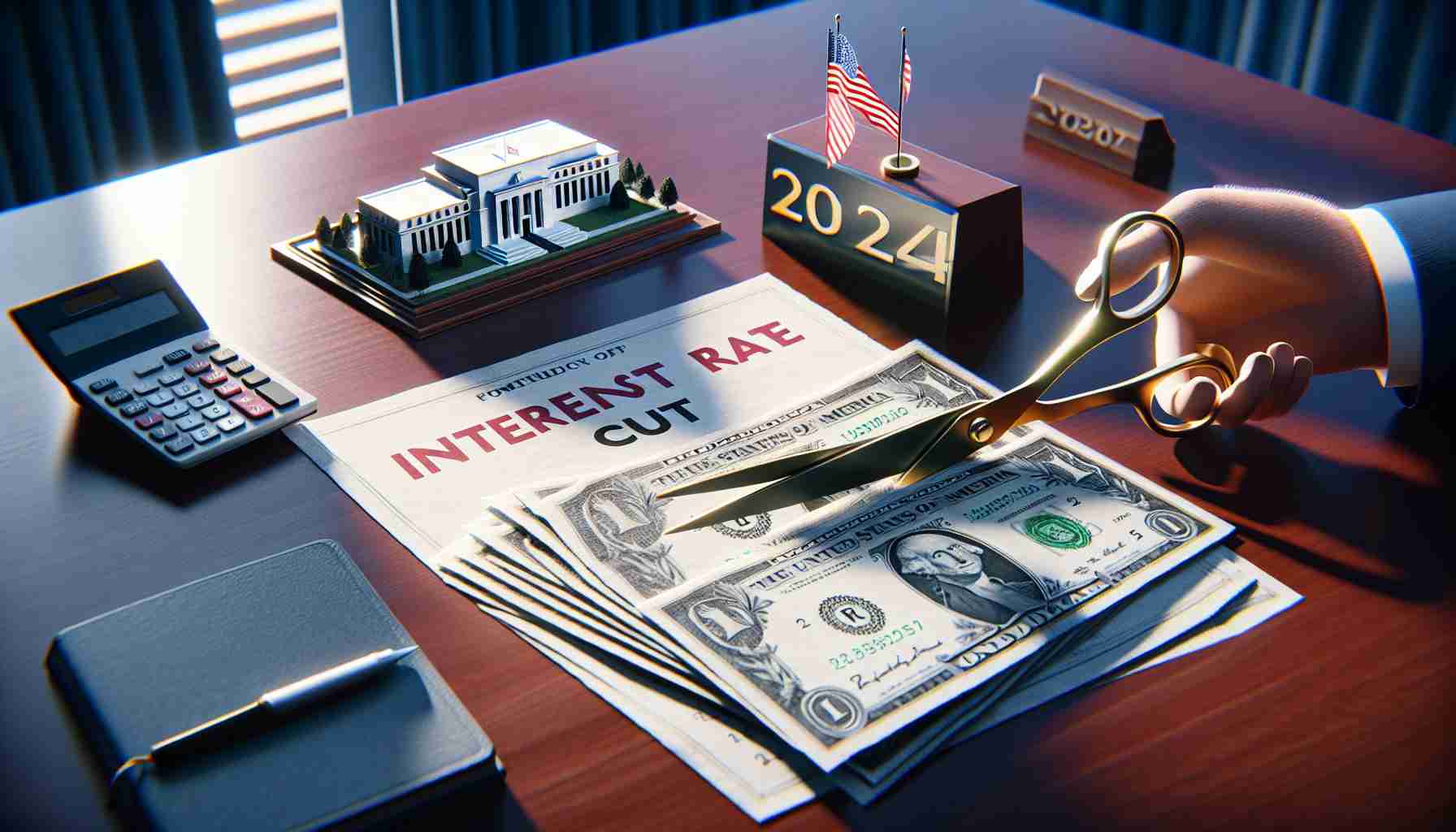New York has been buzzing with critical financial updates as the Federal Reserve signaled their intention to adjust the interest rate just once this year, a departure from the previously projected thrice. In their pursuit of a 2% inflation target, the Fed noted “modest” steps forward, while choosing to maintain current interest rates amidst encouraging economic indicators.
A single rate reduction is now on the horizon, reflective of their cautious, but increasingly optimistic stance on the evolving economic landscape. The Chairman of the Federal Reserve, Jerome that they are making progress towards their goals, yet he reinforced that the confidence to commence policy loosening hasn’t been fully realized.
The stock market had additional noteworthy developments, with the S&P 500 surpassing 5,400 for the first time, propelled by a softer than expected inflation report for May. The Nasdaq Composite attained new heights, although the Dow Jones Industrial Average experienced a slight dip. Concurrently, Treasury yields and oil prices also responded to the financial climate, with anticipation of tightening supplies stirring a rise in the latter.
Apple surged back to the forefront as the globe’s most valuable company, nudging past Microsoft post Apple’s reveal of an aggressive artificial intelligence venture. Investors reacted positively, prompting financial experts to speculate on a potential boost in iPhone demand.
GameStop’s share woes and legal rumbles over Musk’s compensation encapsulate the dynamic nature of the market, with key figures possibly cashing in their options, and institutional investors expressing apprehension towards Musk’s remuneration ahead of a significant vote.
European markets, meanwhile, have their sights set on the EU’s July imposition of elevated tariffs on Chinese electric vehicles, as they tackle subsidies deemed unfair.
The composite message from financial insiders remains one of cautious optimism. Despite the Fed’s conservative guidance, market strategists like Ronald Temple consider additional rate cuts to be likely before the year’s end. As investors navigate through these financial currents, all eyes are on forthcoming inflation and labor data for hints of the market’s direction.
The topic of the U.S. Federal Reserve considering a single interest rate cut for 2024 raises several important questions and involves various key challenges and controversies. Here are some of them, along with advantages and disadvantages:
Questions:
1. Why is the Federal Reserve considering only one interest rate cut, instead of multiple?
2. How will a single rate cut affect inflation and the broader economy?
3. What are the indications from the labor and inflation data that might influence the Fed’s decision?
Answers:
1. The Fed is considering only one rate cut as it may believe that the economy is on a path to improvement but still needs a cautious stimulus.
2. A single rate cut could help to lower borrowing costs, potentially encouraging investment and spending, thereby aiding the economy and helping to reach the inflation target.
3. Strong labor data suggest a healthy job market which can increase consumer spending, while inflation data close to the 2% target may reassure the Fed that the economy is not overheating or lagging.
Key Challenges and Controversies:
– Balancing Growth and Inflation: The Fed needs to strike a delicate balance between supporting economic growth and preventing runaway inflation.
– Market Dependency: The financial markets often rely on the Fed’s actions to drive investment strategies, which can lead to volatility around Fed announcements.
– Timing and Communication: Deciding when to enact the rate cut and effectively communicating the strategy to avoid market misinterpretation is always challenging.
Advantages:
– A rate cut could stimulate economic activity by making loans cheaper for consumers and businesses.
– It may also boost confidence in the economy if interpreted as the Fed taking preemptive steps to support growth.
Disadvantages:
– If the cut is not seen as warranted by economic data, it could signal that the economy is weaker than perceived.
– There’s a risk that lowering rates could inflate asset bubbles, as cheap borrowing costs can drive up prices for stocks and real estate.
For those interested in further information on the U.S. Federal Reserve, its functions, and current news, the following related link might be helpful: Federal Reserve.
Please note that the URL provided is the main domain for the U.S. Federal Reserve and does not contain any subpages. It should be used to access general information and further details about Fed policies and announcements.



